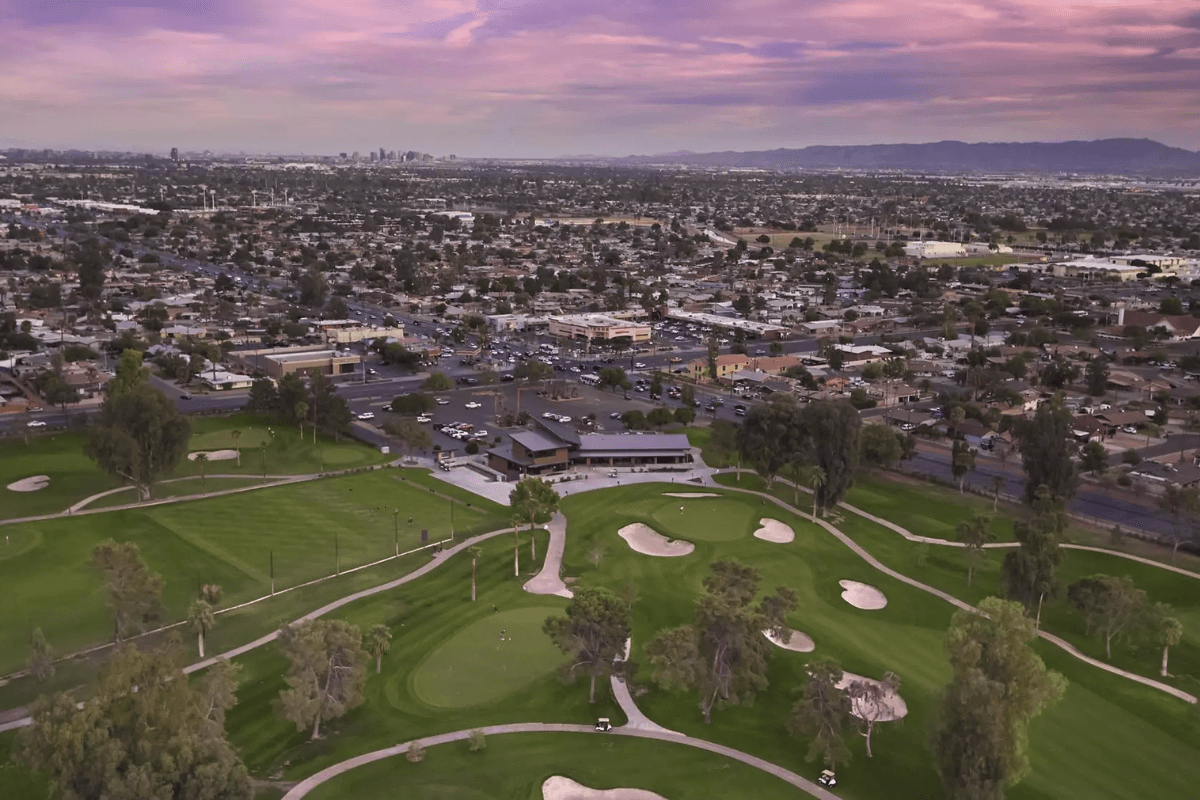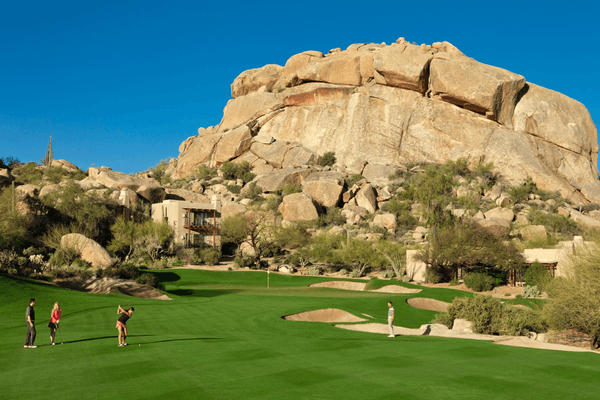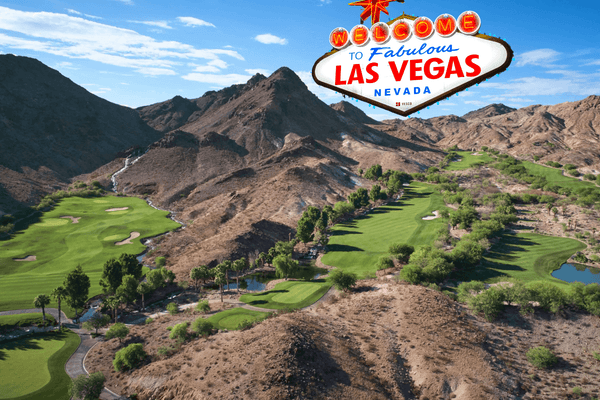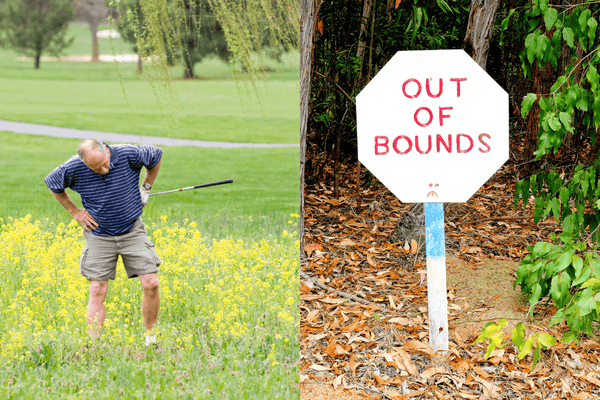In the bustling heart of our cities, where towering skyscrapers and concrete landscapes dominate the skyline, there exists a hidden oasis – the urban golf course. These verdant expanses, often overlooked and underappreciated, play a crucial role in maintaining the delicate balance between the built environment and the natural world. As we grapple with the challenges of urbanization, the importance of preserving these unique green spaces has never been more paramount.
The Importance of Green Spaces in Urban Areas
Urban areas are often characterized by a lack of natural spaces, with the majority of the landscape dominated by buildings, roads, and other man-made structures. This can have a detrimental effect on the overall well-being of the community, both from an environmental and a social perspective. Green spaces, such as parks, gardens, and golf courses, provide a much-needed respite from the concrete jungle, offering residents a chance to reconnect with nature and enjoy the benefits of outdoor recreation.
Golf Courses as Unique Urban Green Spaces
Golf courses, in particular, are a unique type of urban green space that offer a range of environmental and social benefits. Unlike traditional parks or gardens, golf courses are expansive, meticulously maintained landscapes that provide a habitat for a diverse array of flora and fauna. These lush, verdant spaces act as natural sponges, absorbing and filtering stormwater, reducing the risk of flooding and improving water quality. Additionally, the dense vegetation on golf courses helps to produce oxygen and sequester carbon, contributing to the overall air quality of the surrounding area.
Environmental Benefits of Urban Golf Courses
Habitat for Wildlife
Urban golf courses often serve as oases for local wildlife, providing a safe haven for birds, small mammals, and other species that might otherwise struggle to thrive in the concrete jungle. These green spaces offer a diverse range of habitats, from lush fairways to wooded areas, allowing a variety of species to coexist and flourish.
Oxygen Production and Carbon Sequestration
The extensive vegetation found on golf courses plays a vital role in the urban ecosystem, producing oxygen and sequestering carbon dioxide. This helps to offset the carbon footprint of the surrounding city, contributing to a healthier and more sustainable environment.
Stormwater Management
Golf courses, with their expansive green spaces and carefully designed drainage systems, can play a crucial role in managing stormwater runoff. By absorbing and filtering excess water, these green spaces help to reduce the risk of flooding and improve the overall water quality in the surrounding area.
Social Benefits of Urban Golf Courses
Recreational Opportunities
Urban golf courses provide a valuable recreational resource for the local community, offering opportunities for exercise, leisure, and social interaction. From casual rounds with friends to competitive tournaments, these green spaces serve as hubs for the golfing community, promoting a healthy and active lifestyle.
Community Gathering Spaces
In addition to their recreational value, urban golf courses can also function as community gathering spaces, hosting events, festivals, and other social activities. These green oases can become the heart of the local community, fostering a sense of belonging and promoting social cohesion.
Aesthetic Value
The lush, well-manicured landscapes of urban golf courses offer a visually appealing respite from the concrete and steel of the city. These green spaces can enhance the overall aesthetic of the surrounding area, contributing to a more pleasant and inviting urban environment.
Case Studies: Urban Golf Courses in Phoenix
To illustrate the importance of urban golf courses, let's take a closer look at two examples here in Phoenix, Arizona.
Encanto Golf Course
Nestled in the heart of downtown Phoenix, the Encanto Golf Course is a beloved local landmark that has been serving the community for over 80 years. This 18-hole course not only provides a premier golfing experience but also serves as a vital green space in the urban landscape. The course's diverse habitats, including lush fairways, wooded areas, and riparian zones, support a wide range of wildlife, from migratory birds to small mammals.
Grand Canyon University Golf Course
Another notable example is the Grand Canyon University Golf Course, located in the bustling Westside of Phoenix. This 18-hole course, which is open to the public, offers not only a challenging golfing experience but also a serene oasis for the surrounding community. In an area that is otherwise, a concrete jungle, the course's lush green landscape serves several important purposes such as being a haven to local wildlife, improving air quality and filtering stormwater.
Preserving Urban Golf Courses
As the demand for land and development in urban areas continues to grow, the future of these vital green spaces is often under threat. Advocacy efforts and sustainable practices are crucial in ensuring that urban golf courses are preserved and protected for generations to come.
Advocacy Efforts
Local communities and environmental organizations must work together to raise awareness about the importance of urban golf courses and advocate for their preservation. This can involve lobbying local government, participating in public planning processes, and engaging with course owners and operators to find mutually beneficial solutions.
Sustainable Practices
Golf course operators and owners can also play a crucial role in preserving these green spaces by implementing sustainable practices. This can include the use of drought-resistant landscaping, efficient water management systems, and the adoption of environmentally friendly maintenance techniques.
Balancing Development and Conservation
Ultimately, the challenge lies in finding a balance between the need for development and the preservation of these vital green spaces. By working collaboratively with stakeholders, urban planners, and the community, we can ensure that the benefits of urban golf courses are recognized and that these unique green oases are protected for the future.
Conclusion
Urban golf courses are more than just recreational facilities – they are essential green spaces that provide a range of environmental and social benefits to the communities they serve. As we grapple with the challenges of urbanization, the preservation of these unique landscapes has never been more important. By advocating for their protection, implementing sustainable practices, and striking a balance between development and conservation, we can ensure that these vital green oases continue to thrive and enrich the lives of urban residents for generations to come.












